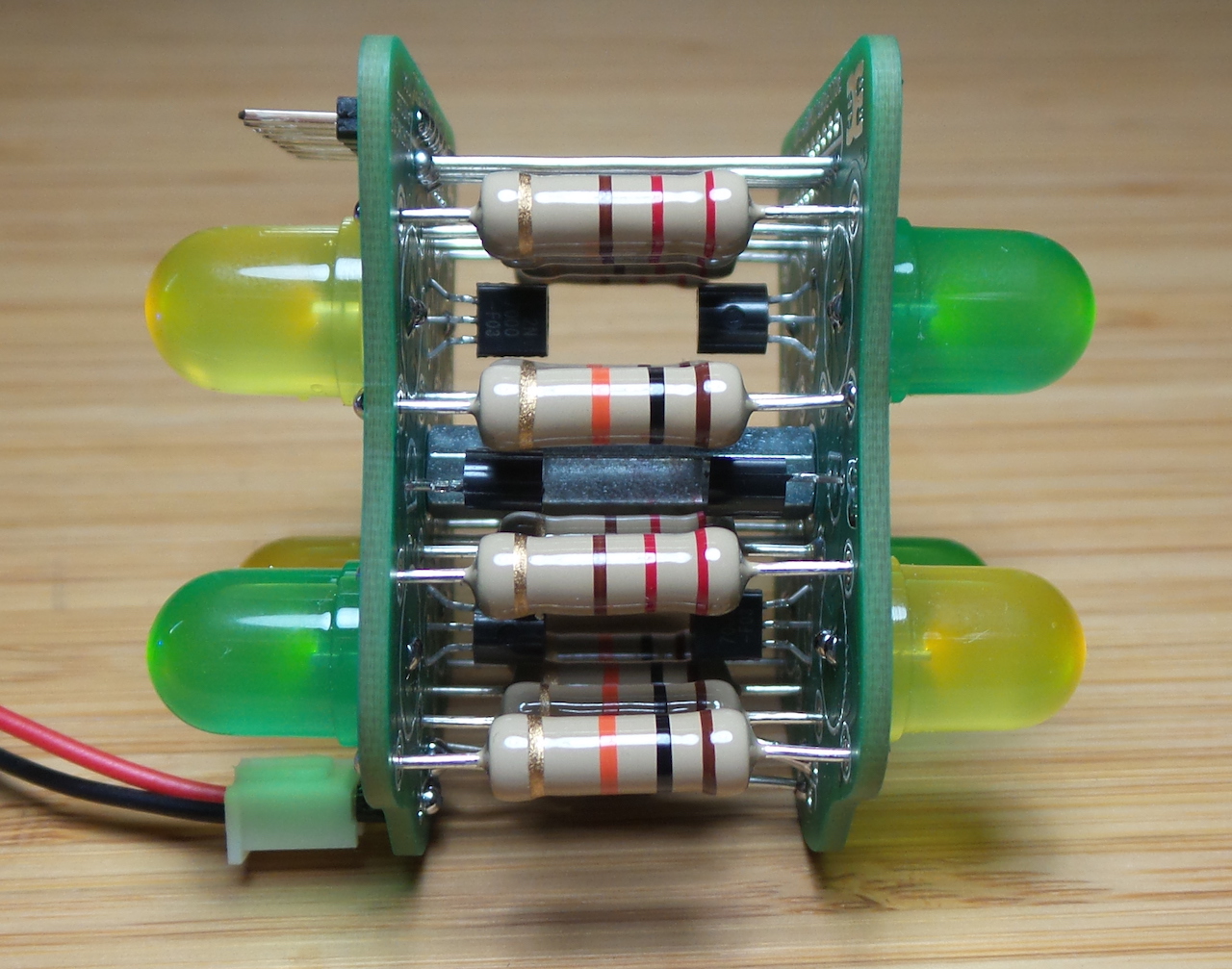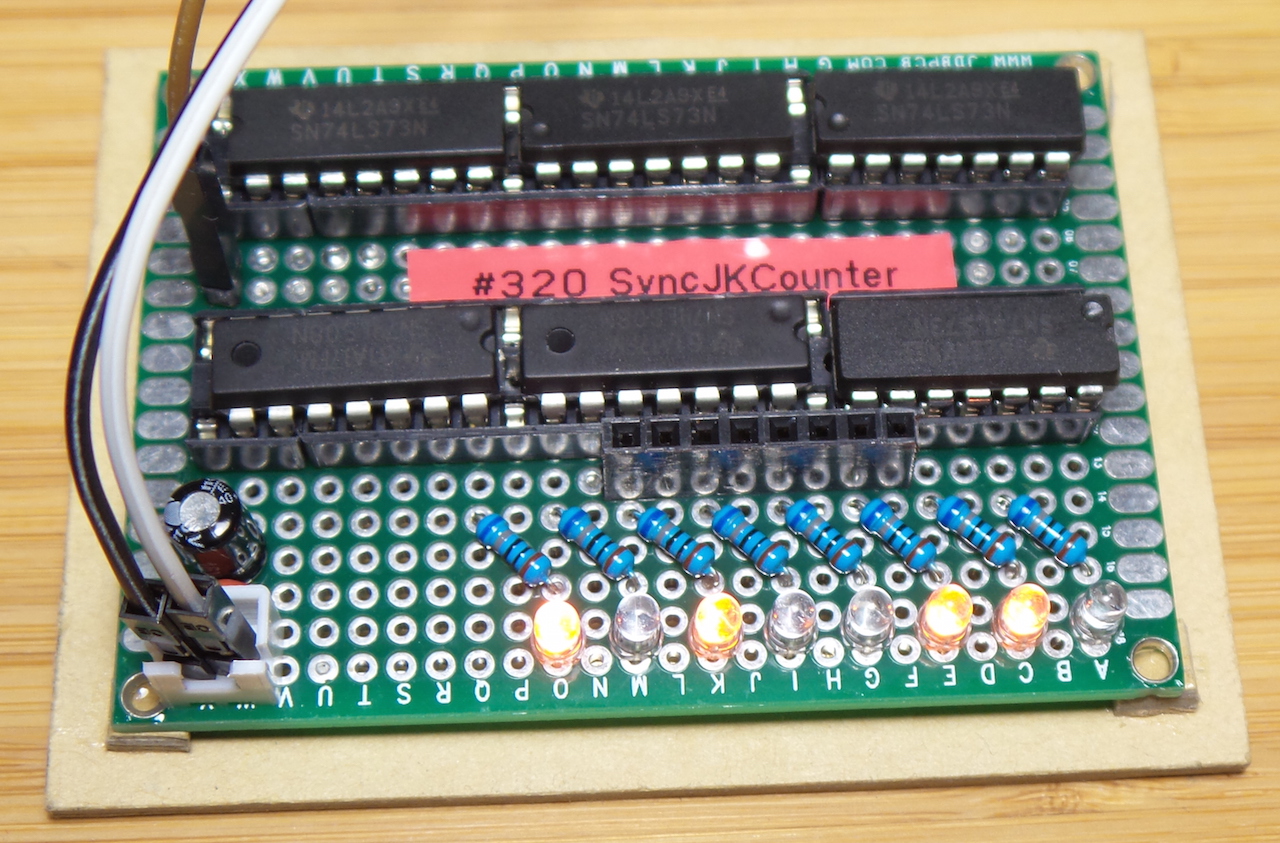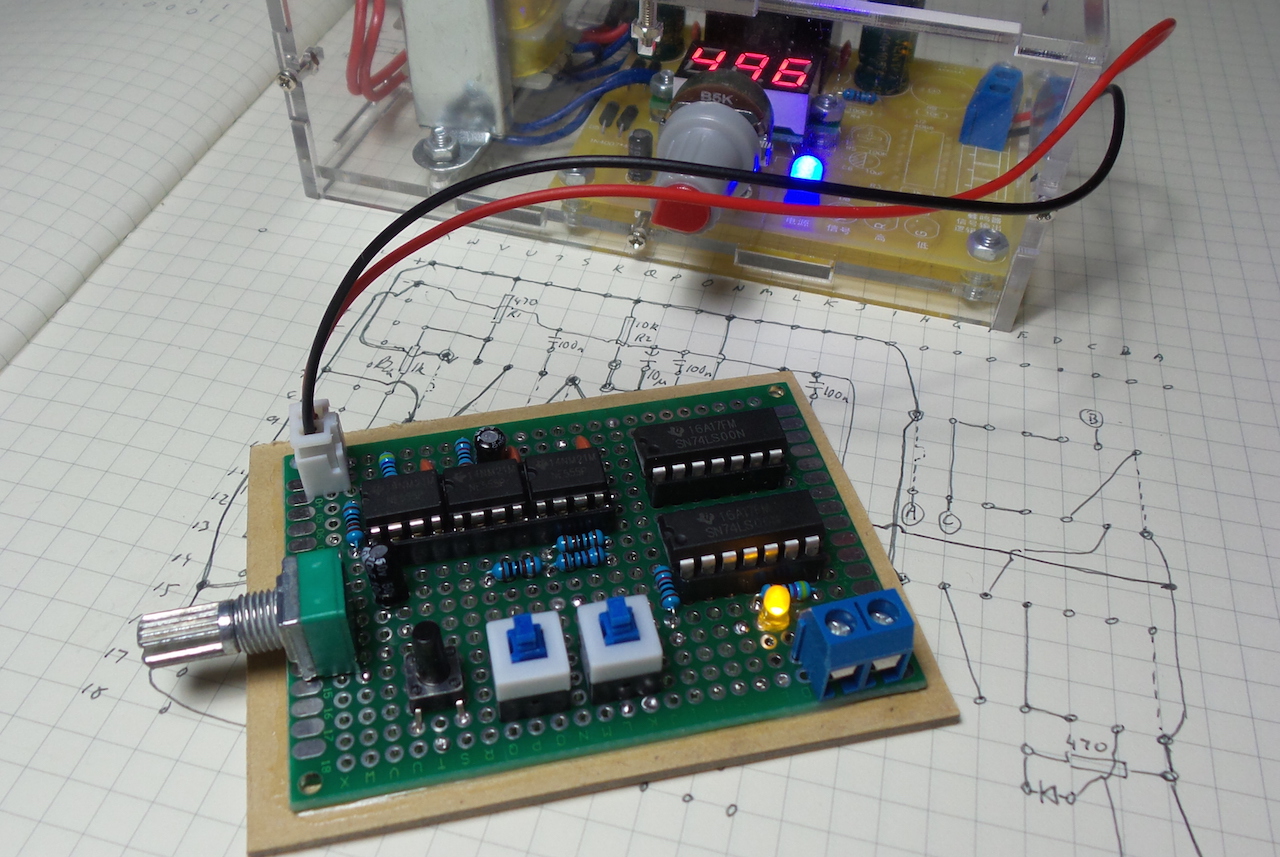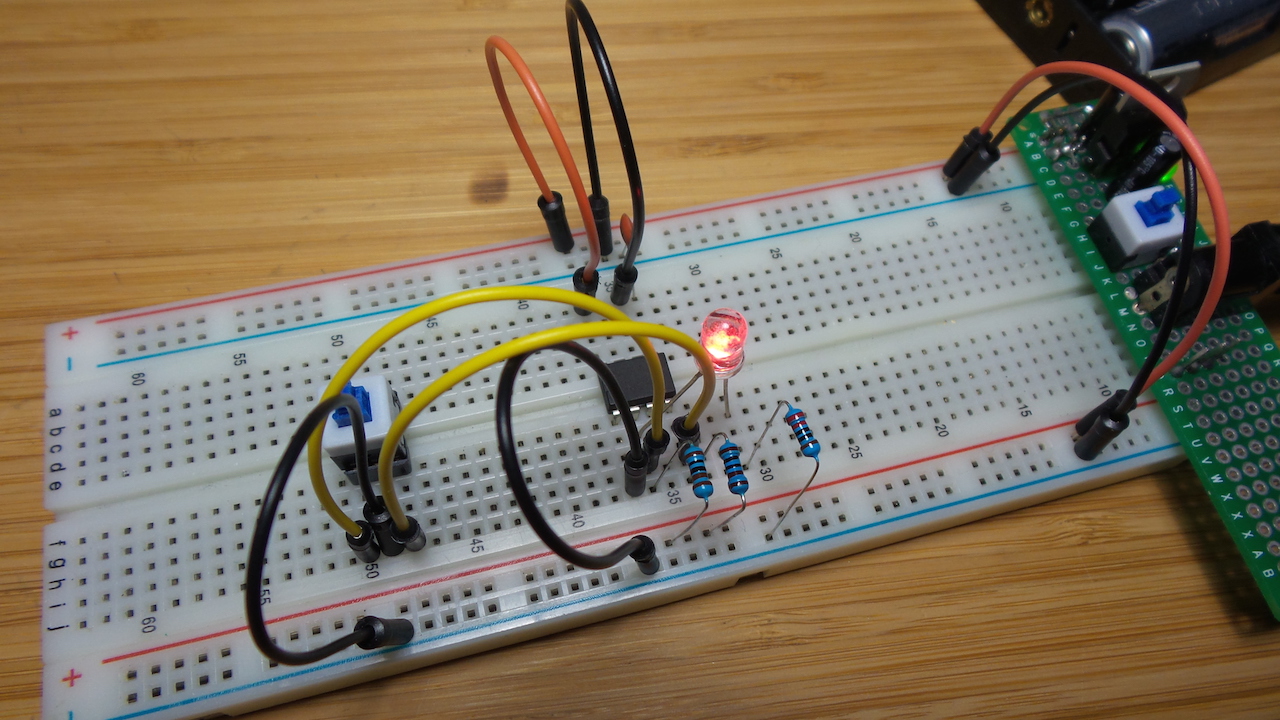LEAP#321 The Boldport Club Cordwood Too
The original Cordwood Puzzle
became an instant classic with club members, and the concept returns this year with a brand new puzzle.
The cordwoods evoke an era of stuffing massive components into small spaces. This is real hardware!
As before, it really is a puzzle, so if you don’t want any spoilers - read no further.
As always, all notes, schematics and code are in the Little Electronics & Arduino Projects repo on GitHub

read more and comment..
LEAP#320 Synchronous JK Counter
A synchronous counter changes its output bits simultaneously, with no ripple.
This project implements a classic 8-bit synchronous counter design using JK flip-flops and AND gates.
As always, all notes, schematics and code are in the Little Electronics & Arduino Projects repo on GitHub

read more and comment..
LEAP#319 Digital Logic Clock
This digital clock module was designed by Ben Eater as part of his 8-bit computer build.
It is also an interesting demonstration of the 555 timer in all its major modes of operation.
As always, all notes, schematics and code are in the Little Electronics & Arduino Projects repo on GitHub

read more and comment..
LEAP#318 555 Bistable Latch
Ben Eater’s 8-bit computer yields more interesting circuits.
Here I’m reproducing his bistable latch circuit based on the 555 timer.
This circuit takes advantage of the fact that the trigger and reset pins provide direct access to the SR latch within the 555 timer that drives the output.
As always, all notes, schematics and code are in the Little Electronics & Arduino Projects repo on GitHub

read more and comment..